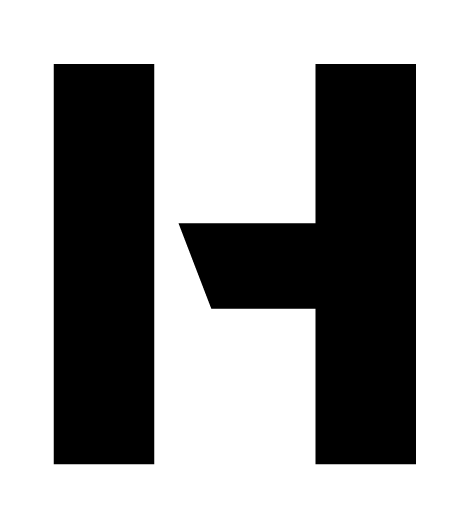Climate & Security Futures Toolkit
The Archipelago of Design x CCASCOE, Toronto, 2024
This project is created by The Archipelago of Design (AOD), a non-profit organization supporting the leading independent network on strategic design, foresight and innovation in defence and security. The project seeks to assist the NATO Climate Change and Security Centre of Excellence (CCASCOE), headquartered in Montréal, Canada and all organizations tackling the complex and intersectional issues of climate change and security.
The project aspires to create a toolkit to assist in the development of relevant climate change and security scenarios that integrate strategic foresight and futures methodologies. These methodologies are essential for navigating today’s complex and uncertain environment. They provoke strategic conversations, challenge the status quo, and open up new opportunities for dialogue and learning. Additionally, they help capture insights on opportunities to support future-readiness.
The project aspires to create a toolkit to assist in the development of relevant climate change and security scenarios that integrate strategic foresight and futures methodologies. These methodologies are essential for navigating today’s complex and uncertain environment. They provoke strategic conversations, challenge the status quo, and open up new opportunities for dialogue and learning. Additionally, they help capture insights on opportunities to support future-readiness.
Credits:
Graphic Designer: Habiba Elgendy
AOD Research & Facilitation Team: Philippe Beaulieu-Brossard, Michele Mastroeni, Donna Dupont, Kassie Miedema, Habiba Elgendy, Oliver Jones, and Thomas Changarathil
Supported by: MINDS Targeted Engagement Grant
Visual Identity:
The visual identity of the Climate & Security Toolkit was designed to be both attention-grabbing and impactful, emphasizing the urgency and importance of the topic. A bright palette featuring green, orange, purple, and pink serves as the foundation of the design. These colours are strategically applied across various components: to colour-code card categories, create bold visual blocking in the project poster, establish visual hierarchy in the worksheet, and distinguish sections in the facilitator guide for easier navigation. Bold, all-caps typography reinforces the toolkit’s assertive tone and clarity.
The project logo draws inspiration from the dynamic nature of our planet. It features a circular, rotating design with quotation marks, symbolizing an ongoing and evolving conversation around climate security issues. The main two colours, green and purple, were chosen for their symbolic resonance: green represents regeneration and the natural environment, while purple conveys foresight, and transformation.
Worksheet Design:
A worksheet was developed to guide workshop participants through the process of creating short scenario stories or vignettes, and designed to stimulate conversations on several key topics. The worksheet is structured into 3 steps: 1) explore the challenge, 2) create a scenario story of future challenges, and 3) actions for change and transformation.
AOD Research & Facilitation Team: Philippe Beaulieu-Brossard, Michele Mastroeni, Donna Dupont, Kassie Miedema, Habiba Elgendy, Oliver Jones, and Thomas Changarathil
Supported by: MINDS Targeted Engagement Grant
Visual Identity:
The visual identity of the Climate & Security Toolkit was designed to be both attention-grabbing and impactful, emphasizing the urgency and importance of the topic. A bright palette featuring green, orange, purple, and pink serves as the foundation of the design. These colours are strategically applied across various components: to colour-code card categories, create bold visual blocking in the project poster, establish visual hierarchy in the worksheet, and distinguish sections in the facilitator guide for easier navigation. Bold, all-caps typography reinforces the toolkit’s assertive tone and clarity.
The project logo draws inspiration from the dynamic nature of our planet. It features a circular, rotating design with quotation marks, symbolizing an ongoing and evolving conversation around climate security issues. The main two colours, green and purple, were chosen for their symbolic resonance: green represents regeneration and the natural environment, while purple conveys foresight, and transformation.
Card Design:
A set of cards were designed to capture insights from international experts in climate change and security issues. The cards were colour-coded to represent three main categories along with a wheel of 6 STEEP-G categories.Facilitator Guide Design:
A facilitator guide was designed as part of this toolkit to enable NATO members and partners who want to have in-depth conversations about future implications of climate change and security. The facilitator guide provides key considerations and tips for running a successful workshop, and features a 6-step process designed in a clear and engaging layout.Worksheet Design:
A worksheet was developed to guide workshop participants through the process of creating short scenario stories or vignettes, and designed to stimulate conversations on several key topics. The worksheet is structured into 3 steps: 1) explore the challenge, 2) create a scenario story of future challenges, and 3) actions for change and transformation.
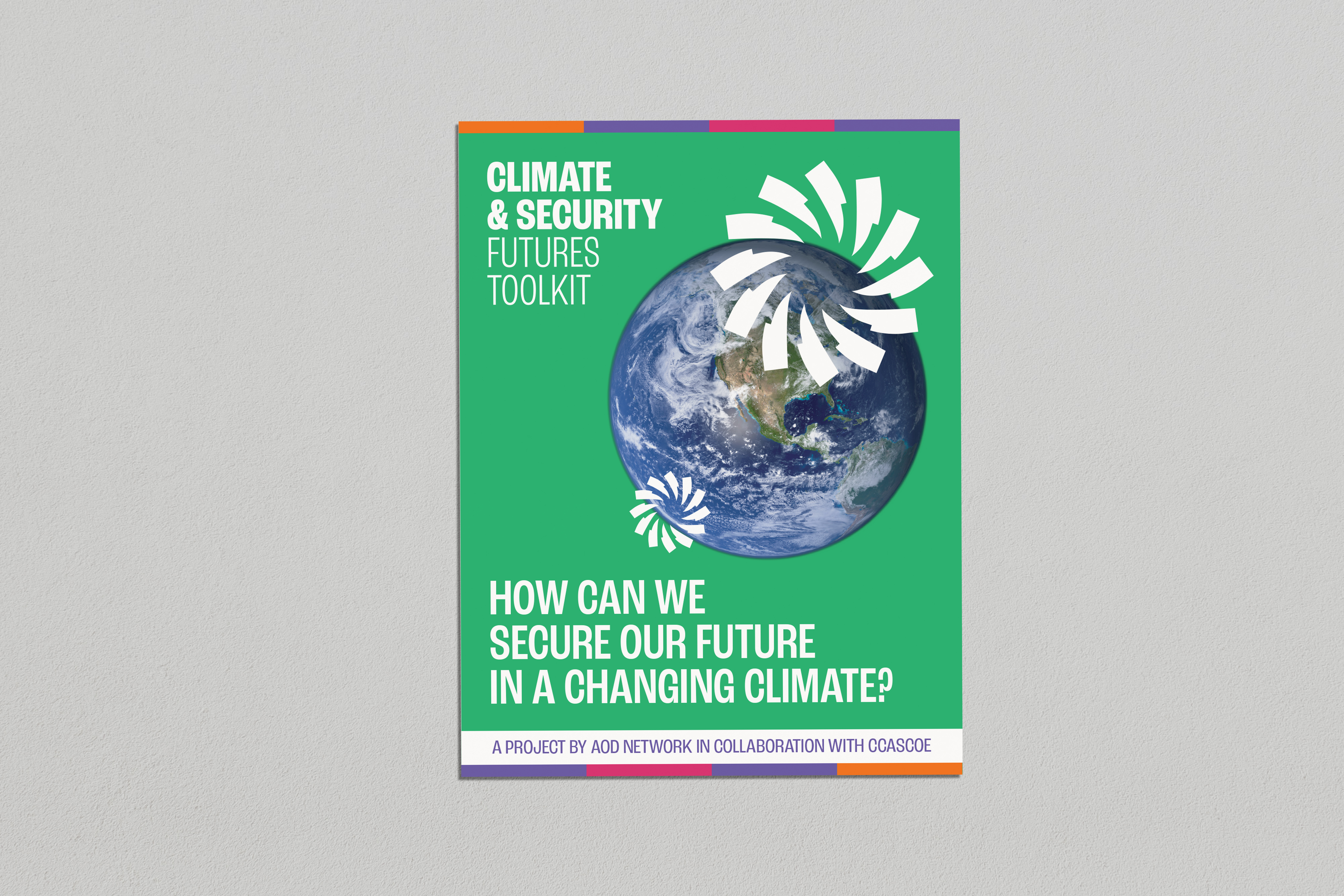
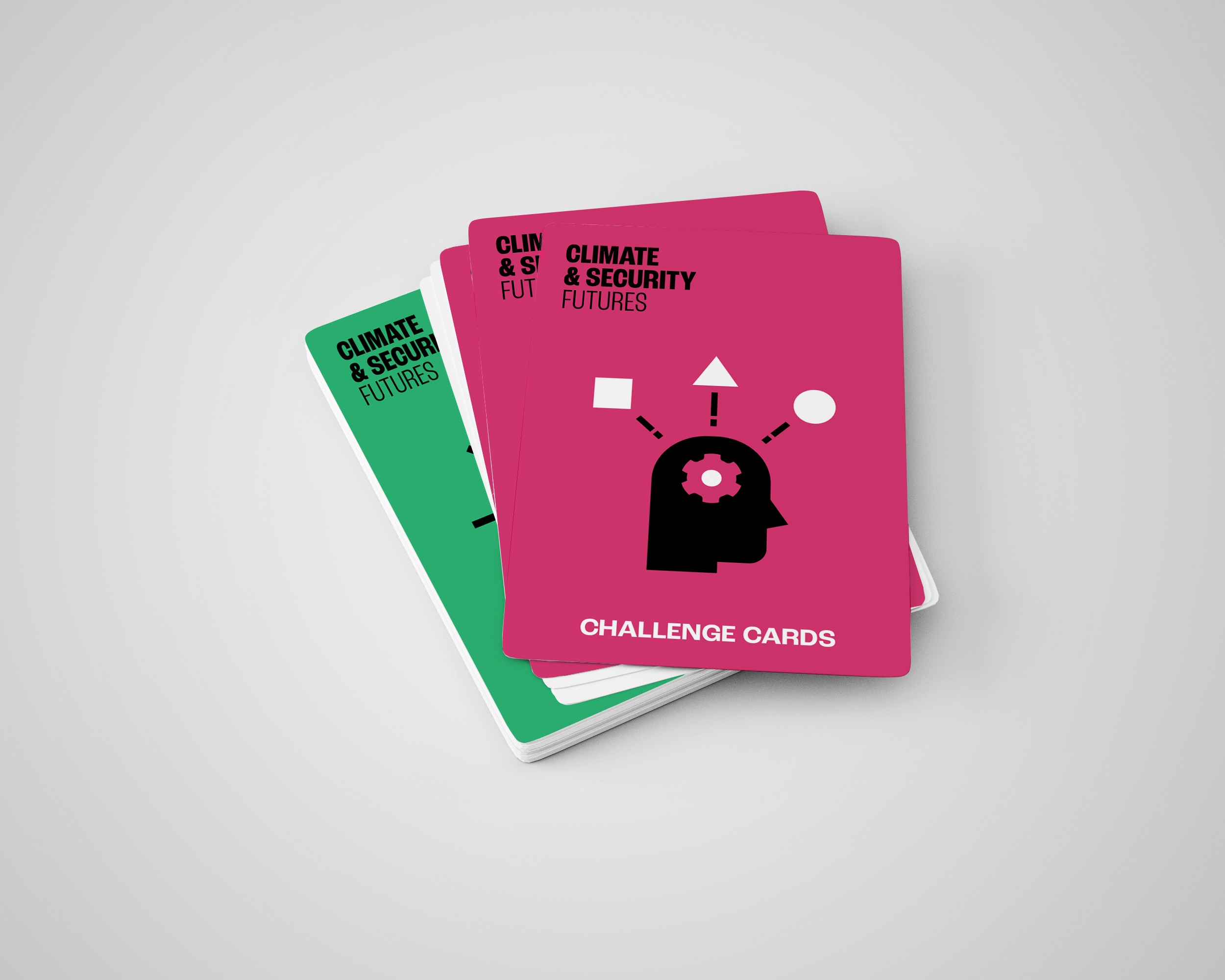
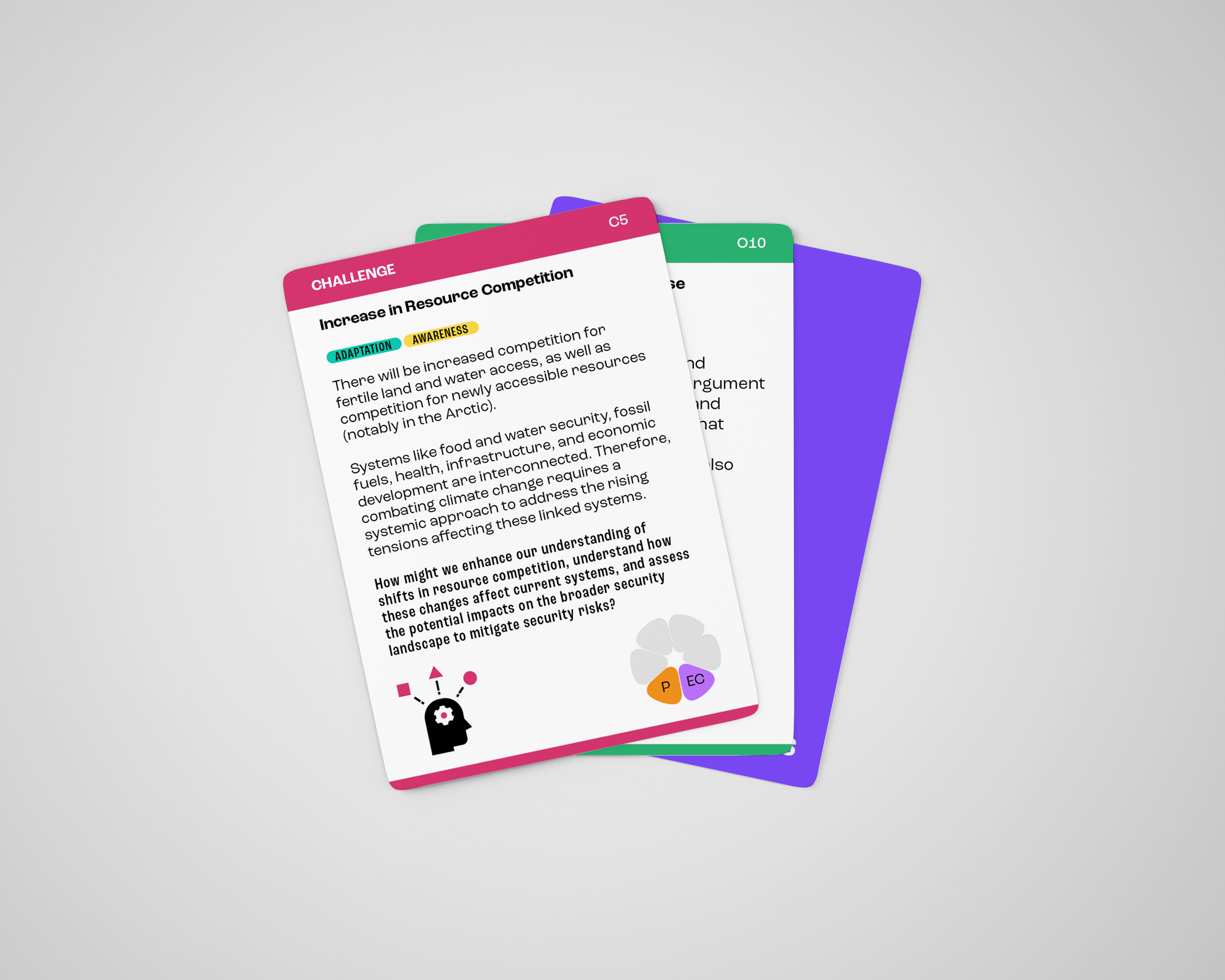
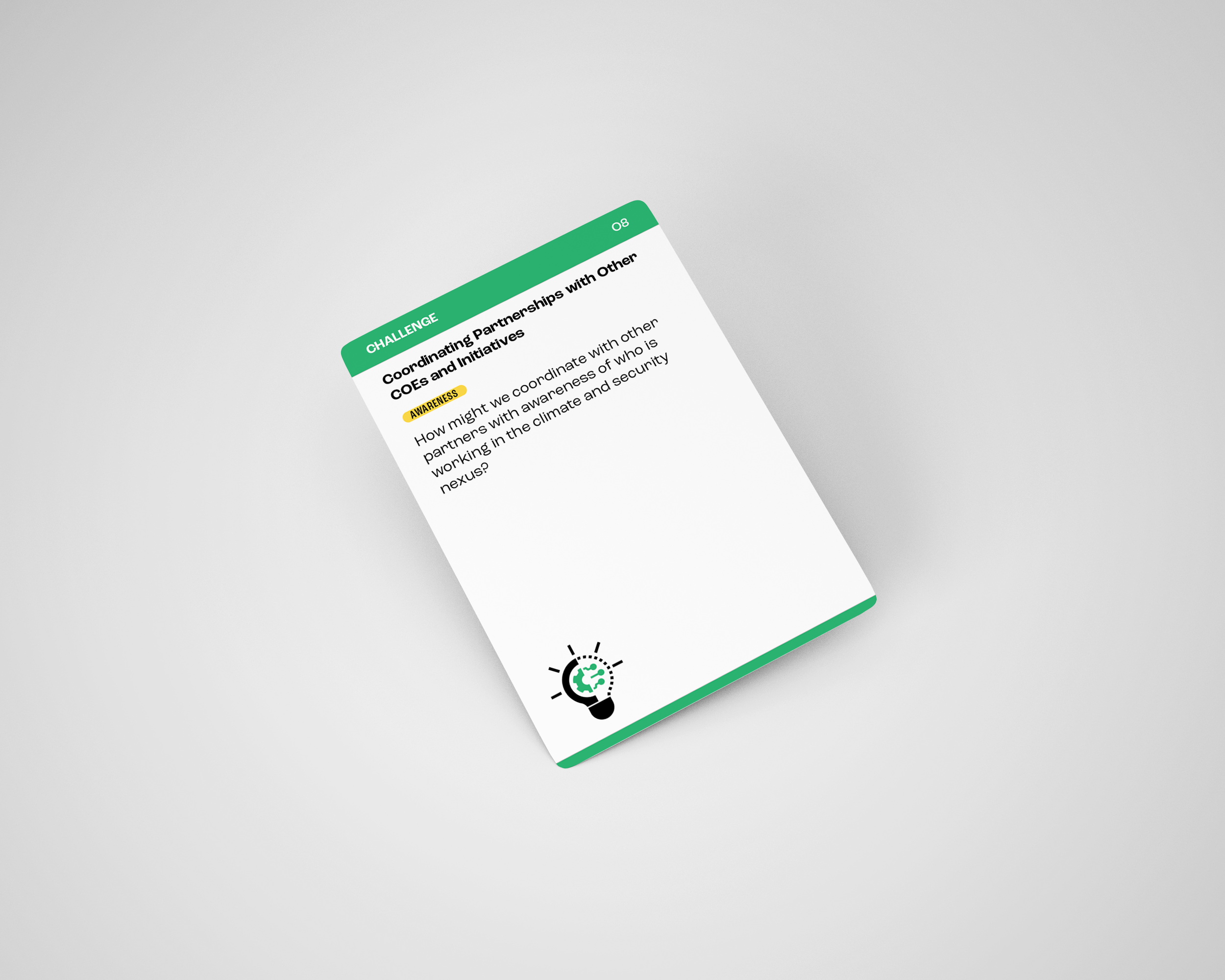
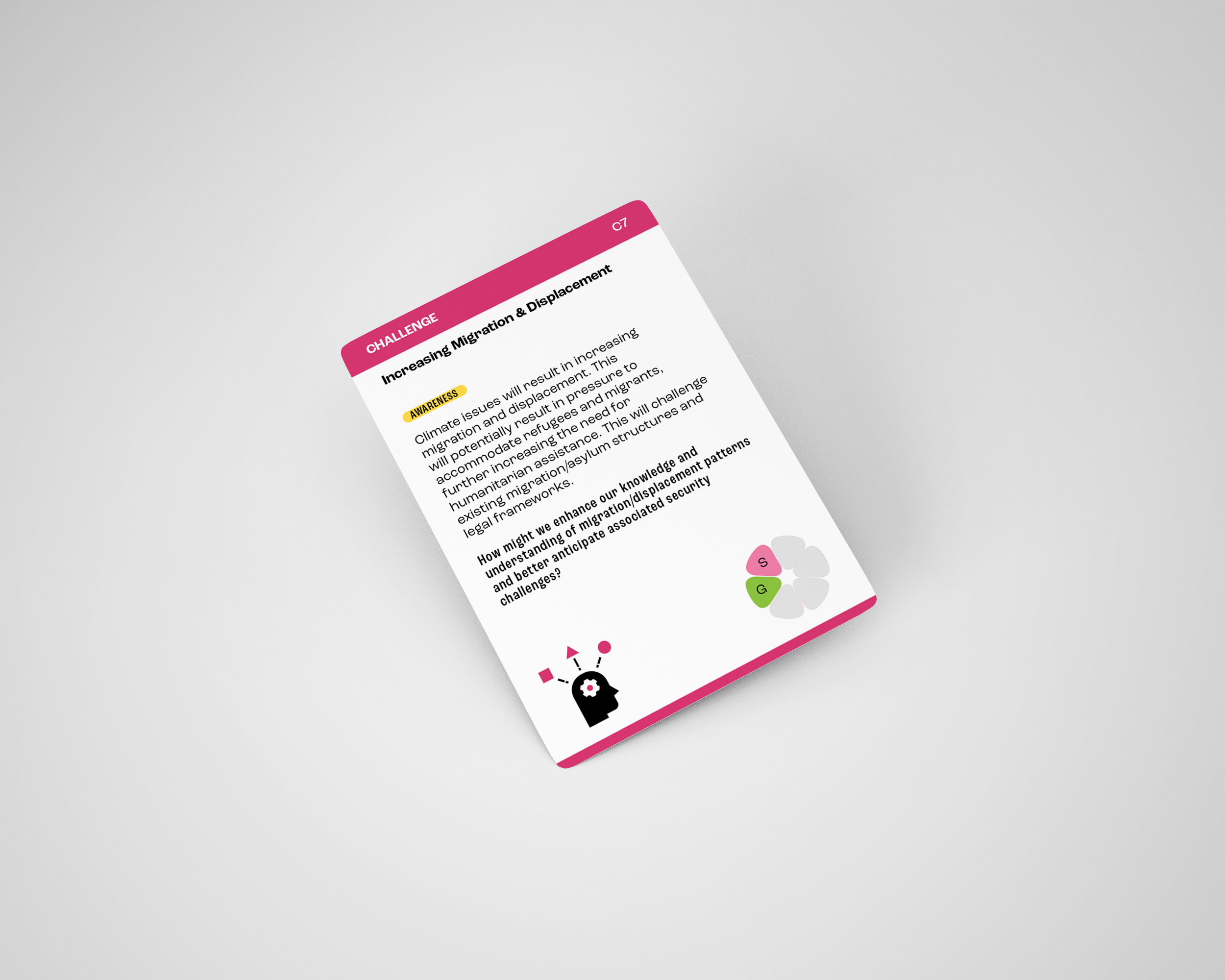
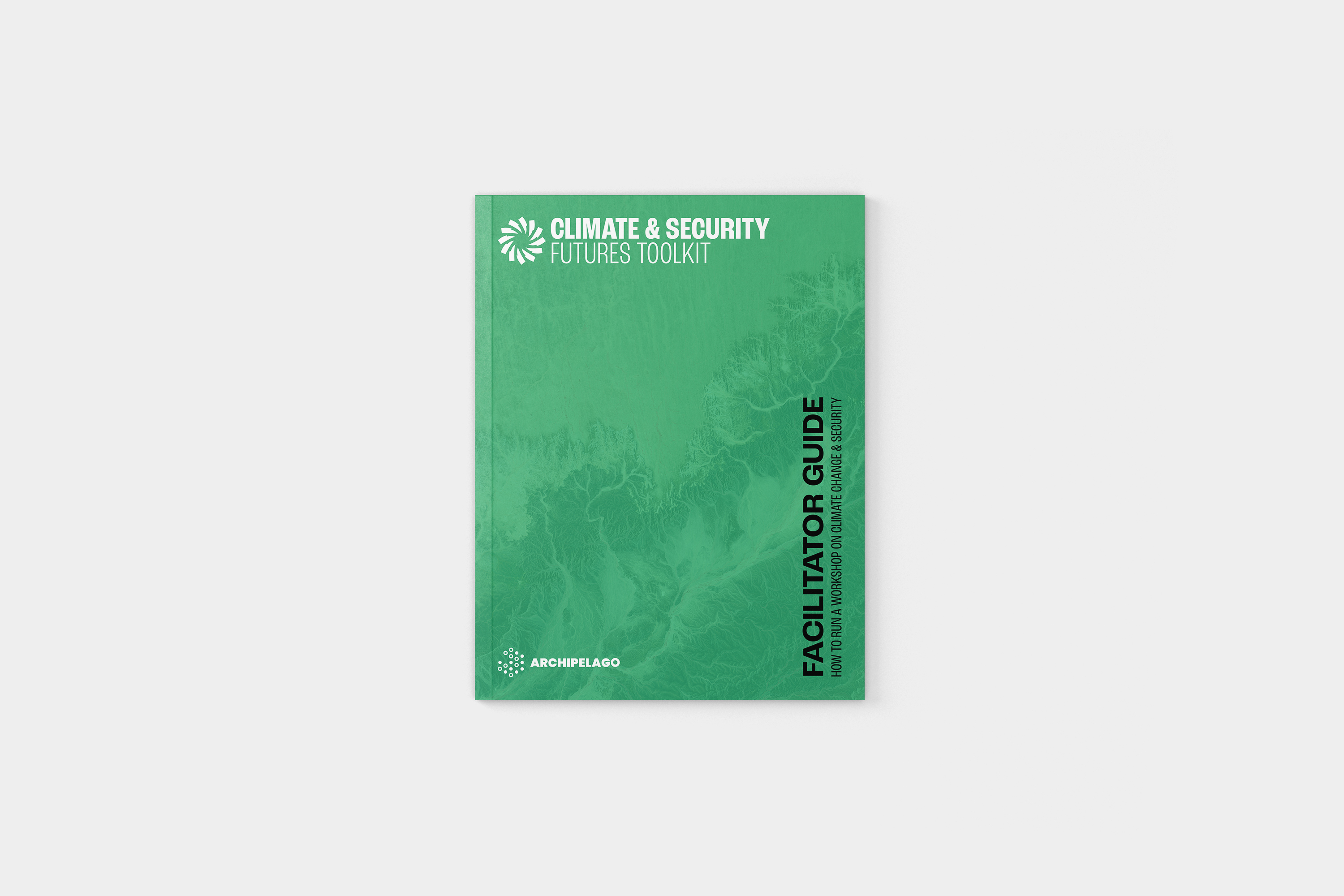
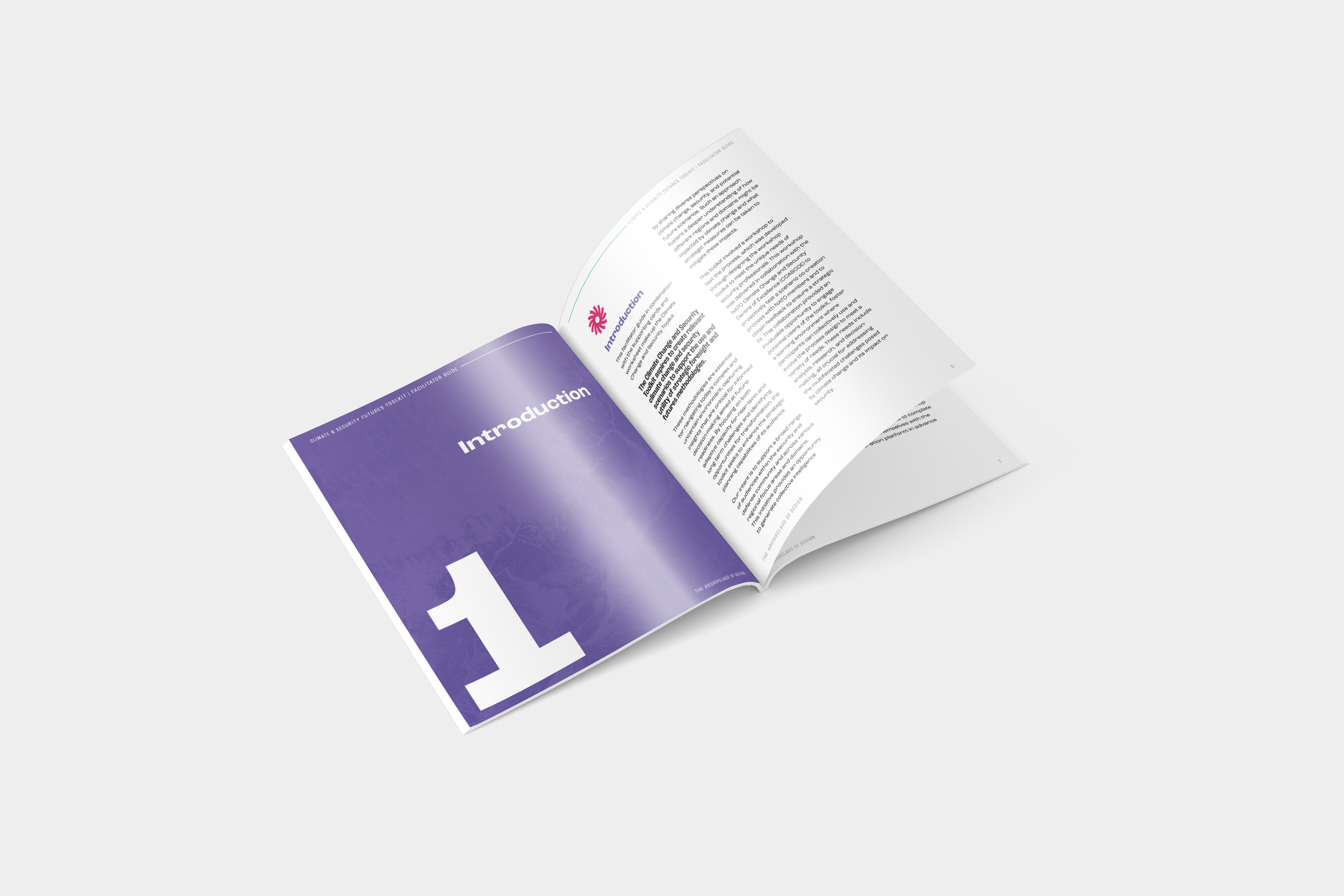
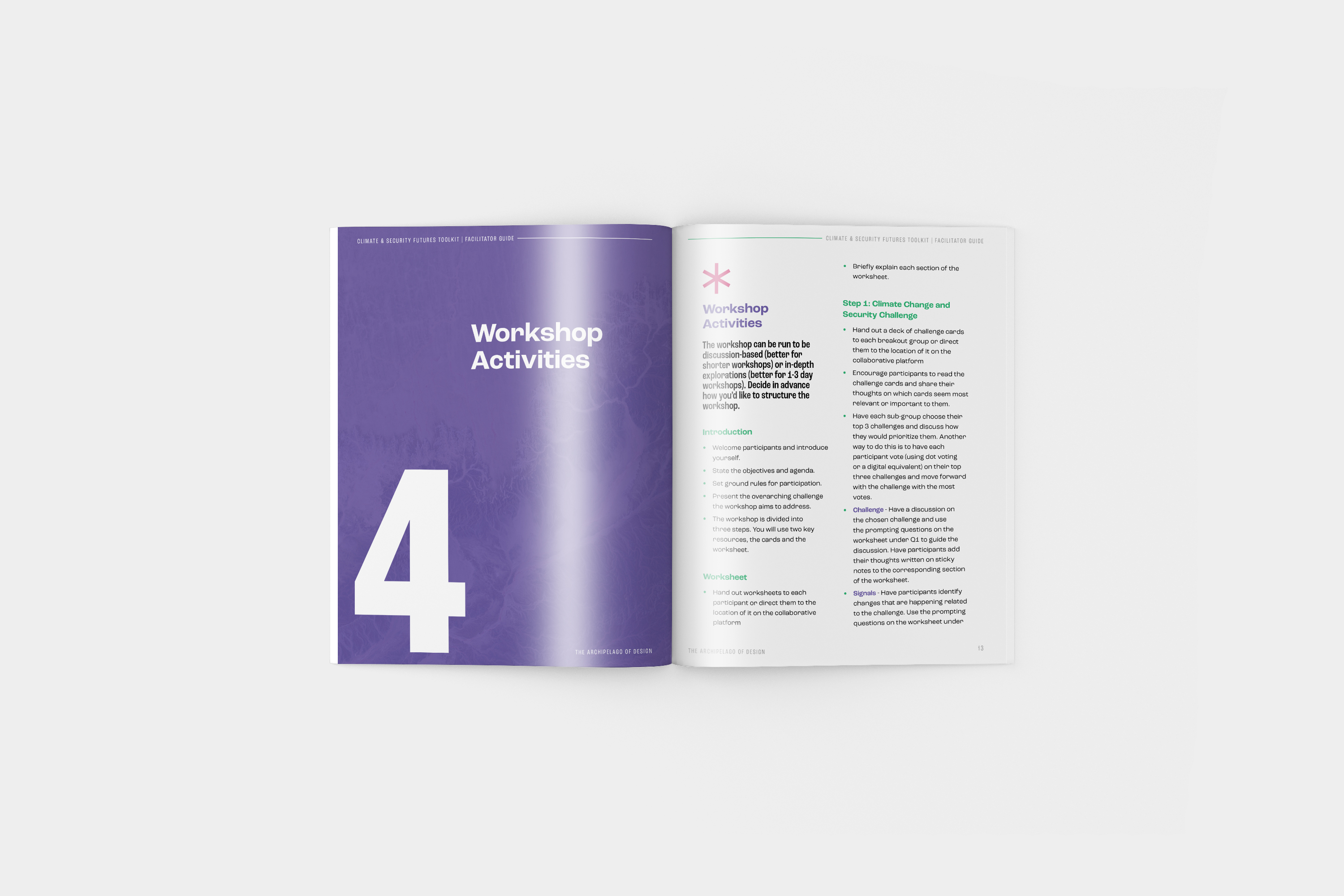
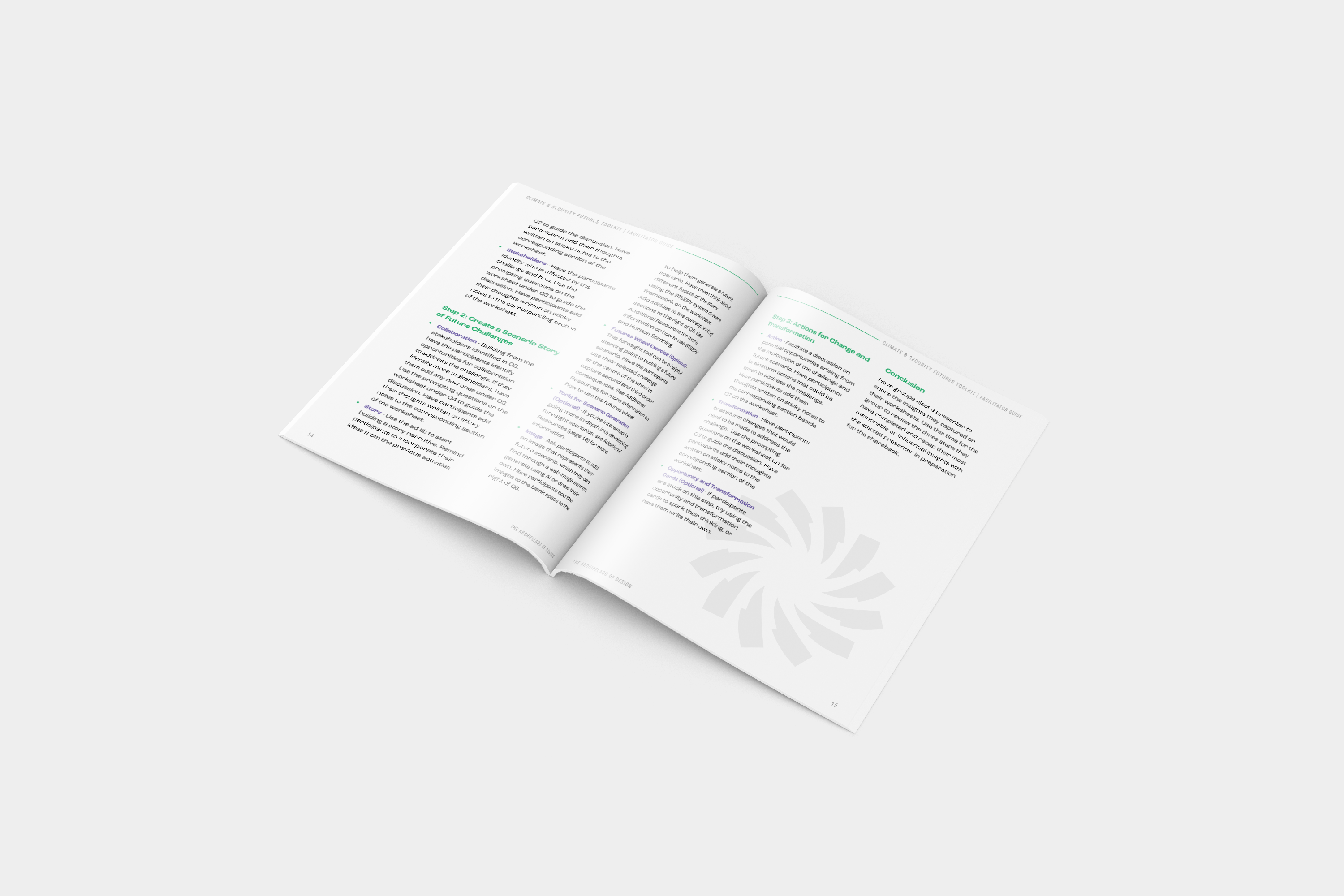
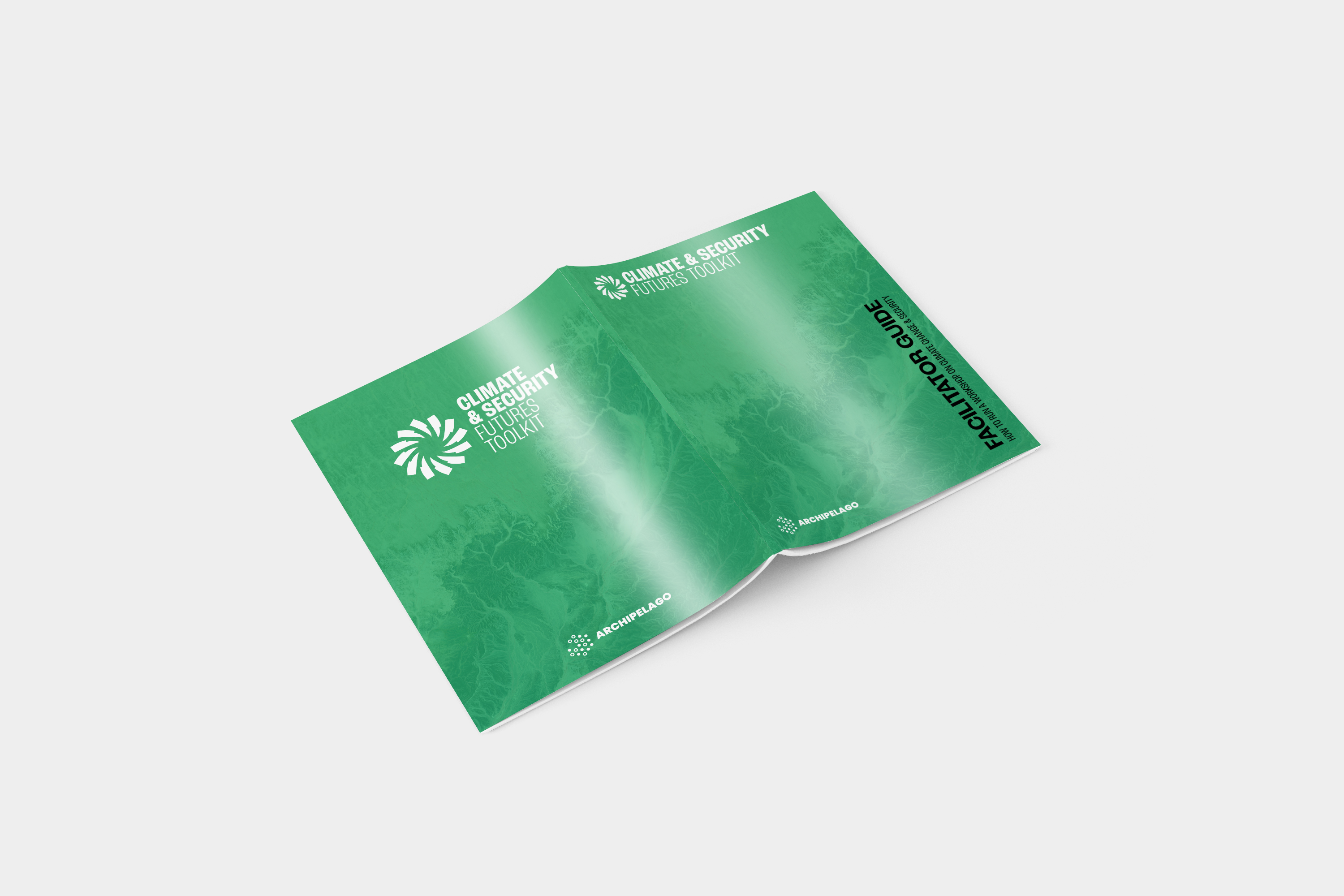
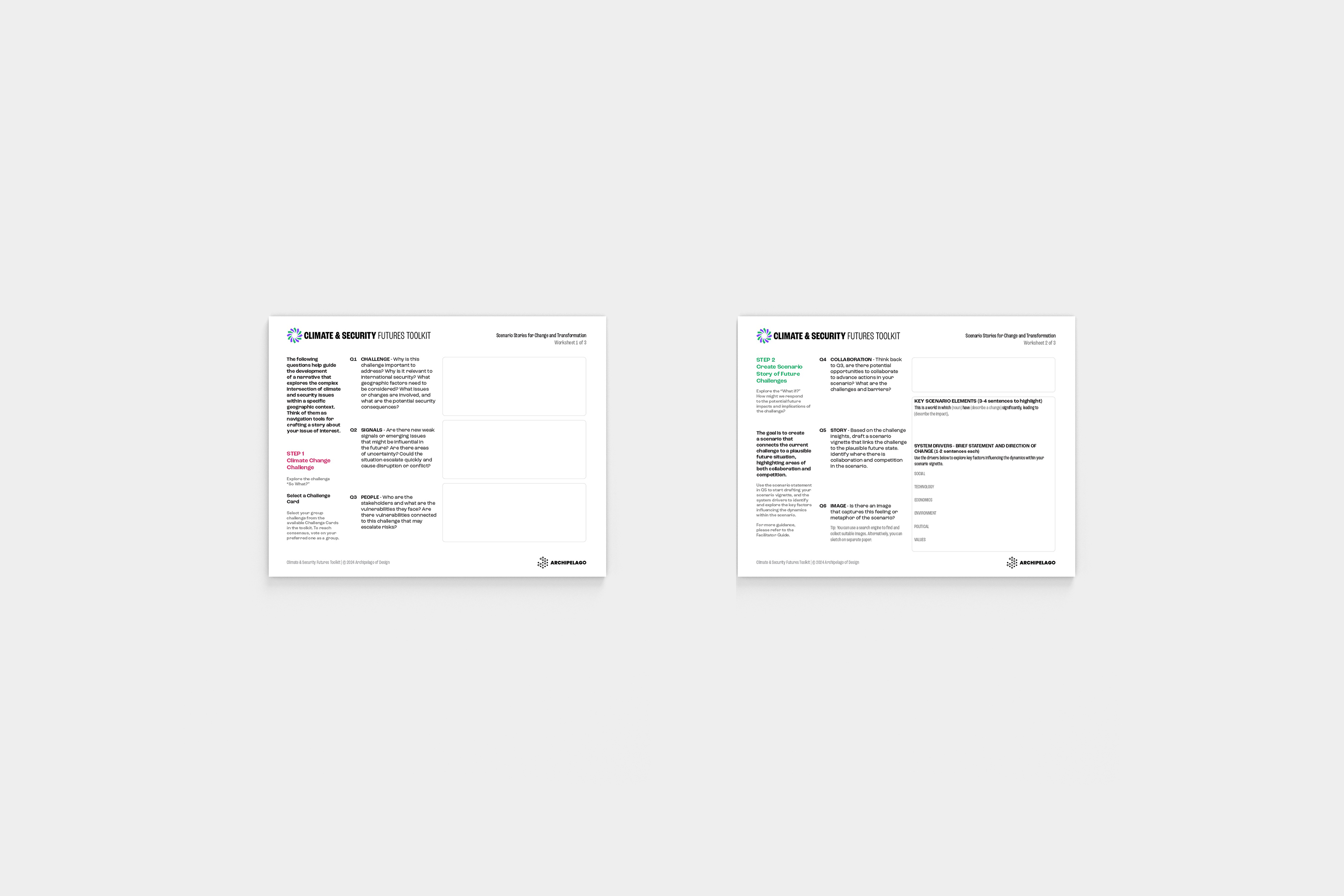

© 2025 Habiba Elgendy | All Rights Reserved
